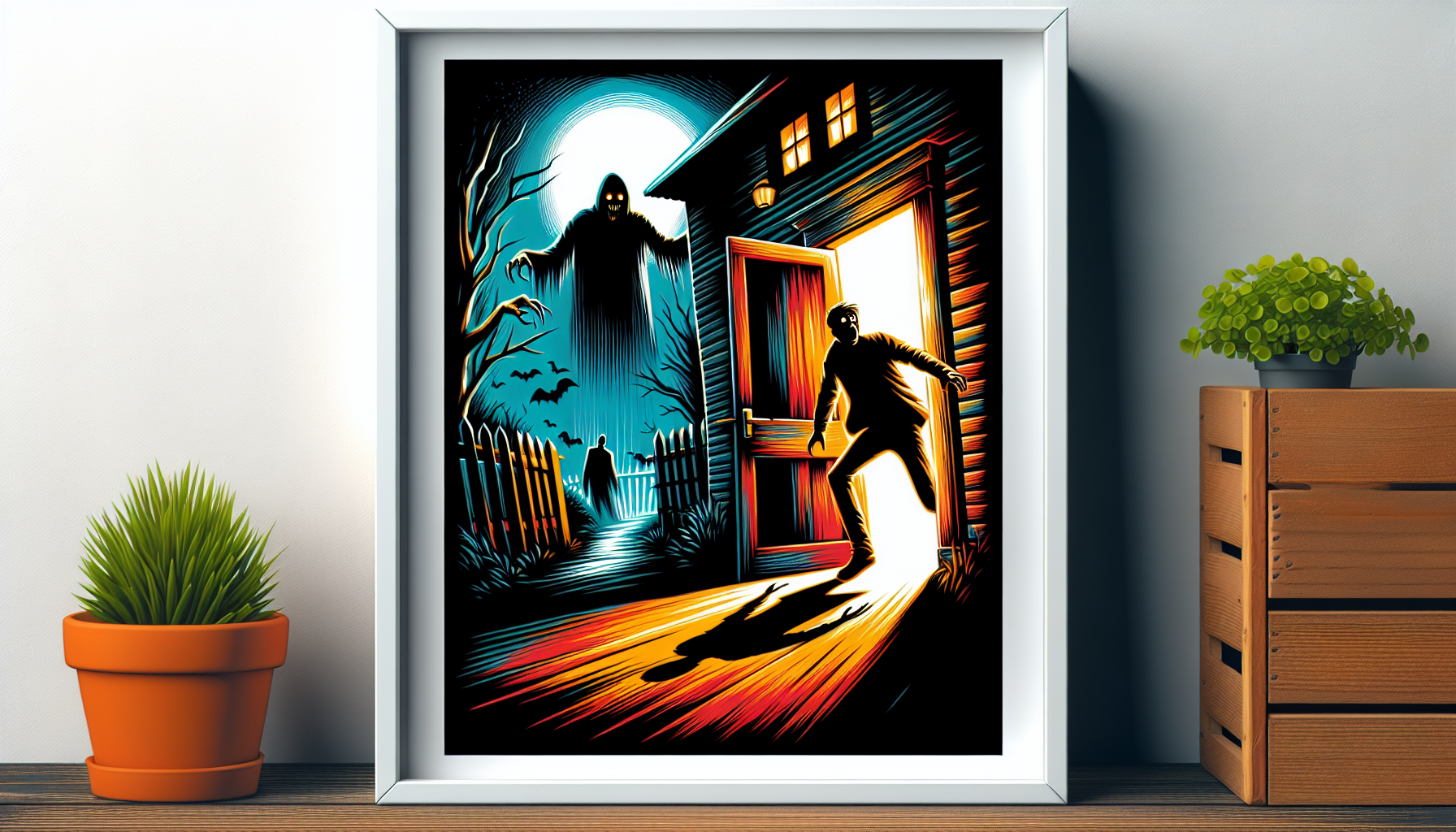
Jump Scare 101: A Guide to Giving Your Audience the Heebie-Jeebies
So, you want to learn the art of the jump scare, do you? Yearn to be the puppet master of palpitations, the sultan of startle, the architect of anxiety? Well, prepare to take notes, future frightener, because we’re diving deep into the shadowy realm where sudden sounds and unexpected apparitions dwell. Buckle up, buttercup—it’s going to be a bumpy, scream-filled ride.
The Anatomy of a Jump Scare
First things first, let’s dissect this beast. A jump scare isn’t just a loud noise or a fast cut—it’s a meticulously crafted moment designed to punch the calm right out of your audience. It’s the horror flick’s sucker punch, the video game’s blind corner. But what makes it tick? Tension, timing, and pay-off, my dear scare-seekers. Build the suspense like a simmering stew, time your shock to perfection, and deliver a pay-off that leaves them gasping. Remember, the best jump scares are the ones that the audience never sees coming but will never forget.
The Ingredients of Terror
To master the jump scare, you need to mix three key ingredients: setting, suspense, and surprise. The setting is your sandbox—creaky houses, dimly lit corridors, the inexplicably foggy graveyard. It’s the anticipation that something could jump out at any moment. Next, stir in suspense, the feeling that something is off, that dread is building, and there’s no escape. The shadows grow longer, and the silence stretches too thin. Then, when they least expect it, bam! Unleash the surprise. Make sure it’s something genuinely shocking or frightful—a face in the mirror, a shriek in the void, a clown in the…actually, scratch that, clowns are a no-go unless you aim for comedy.
Subverting Expectations: The Advanced Course
Once you’ve got the basics down, it’s time to play with your food. Mature jump-scare connoisseurs know that the real trick is in subverting expectations. Think you’re about to leap from your seat? Not so fast—turns out it was just a cat. Oh, you’ve relaxed, have you? BAM! That’s when the real scare comes. The double bluff, the delayed shock, that’s where the mastery lies. It’s all about rhythm, misdirection, and then delivering a scare that’s not just a scream in the night but a howl of terrifying delight.
Technology and Timing: The Modern Scarescape
In the age of CGI and surround sound, jump scares have gone high-tech. But remember, with great power comes great responsibility. Resist the urge to overindulge. The most effective scares use technology to enhance, not overshadow, the horror. Use sound design to create unease—whispers, footsteps, the wind that sounds just a bit too much like a voice. Visual effects can add to the realism or plunge your audience into a nightmare, but remember: the most powerful tool is the audience’s imagination. Let them fill in the dark spaces with their fears.
Let’s Talk Ethics: The Do’s and Don’ts
Before you go unleashing your newfound powers of pant-wetting terror on the world, a word to the wise: jump scares are potent, and with great power comes the possibility of really ticking off your audience. Use them sparingly and wisely. A well-placed jump scare? Chef’s kiss. A movie or game that’s nothing but jump scares strung together? That’s the horror equivalent of a fast-food burger—cheap, unsatisfying, and likely to leave you feeling queasy.
So, there you have it, the roadmap to becoming a master of the jump scare. Remember, the goal isn’t just to make your audience jump; it’s to make the moment stick with them, to haunt their steps as they check the locks on their doors and peek behind shower curtains. Now go forth, and scare responsibly.






